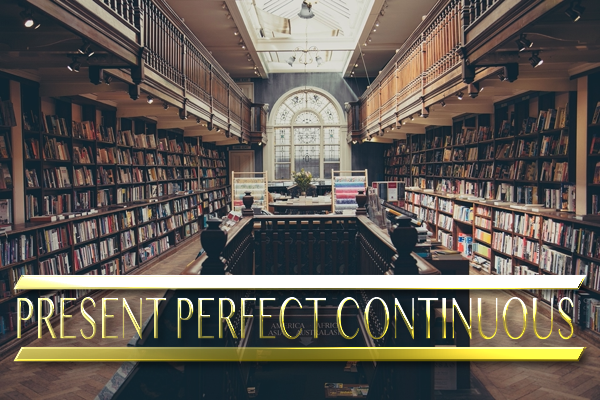The present perfect continuous
12/5/20232 min read


The present perfect continuous tense (also known as the present perfect progressive) in English is used to describe an action that started in the past, is ongoing in the present, and may continue into the future. This tense emphasizes the duration or continuous nature of the action. It is formed using the present tense of the auxiliary verb "have" (have/has), the word "been," and the present participle (base form + -ing) of the main verb.
The structure is: [subject] + has/have + been + [verb in -ing form]
Here are some examples to help you understand the present perfect continuous tense:
1. Emphasizing Duration:
"She has been studying for three hours".
In this example, "has been studying" emphasises the continuous nature of the action. It means she started studying some time in the past and is still studying at the moment.
2. Ongoing Actions:
"They have been working on the project all week".
This sentence indicates that the action of working on the project started in the past and is still in progress.
3. Result in the Present:
"I can see that you have been painting. Your clothes are covered in paint".
The use of the present perfect continuous here implies that the action of painting has produced a visible result (paint-covered clothes) in the present.
4. Inquiries About Recent Activities:
"What have you been doing lately"?
This is a common way to ask someone about their recent activities and what they have been engaged in.
5. Expressing Irritation or Annoyance:
"Someone has been using my computer without permission".
In this context, the present perfect continuous can be used to express irritation or annoyance about an ongoing action.
6. Actions That May Continue into the Future:
"He has been practicing the piano. He's getting ready for a concert next month".
Here, the present perfect continuous suggests that the action of practicing the piano started in the past and is likely to continue until the upcoming concert.
7. Contrasting with the Present Perfect Simple:
I have read the book (present perfect simple).
I have been reading the book (present perfect continuous).
The first sentence implies you finished reading the book, while the second sentence suggests that you are still reading it.
The present perfect continuous is useful when you want to emphasize the duration or ongoing nature of an action that began in the past and continues into the present. It is often used to describe actions, activities, or situations that are relevant to the current moment and have a connection to the present.

Contact
info@masterenglishinstitute.com
